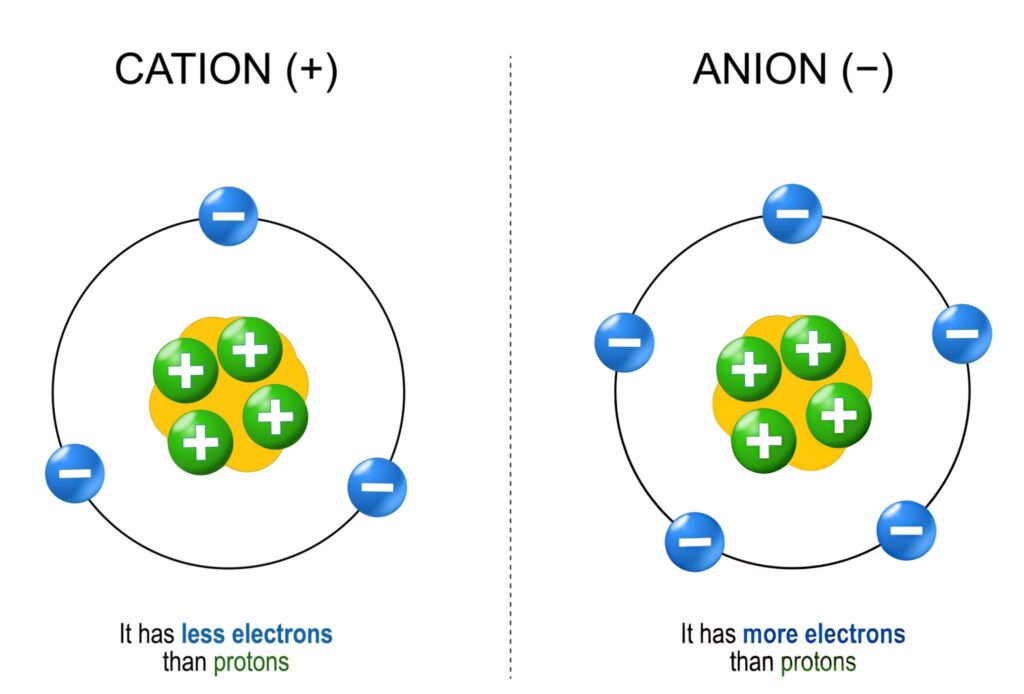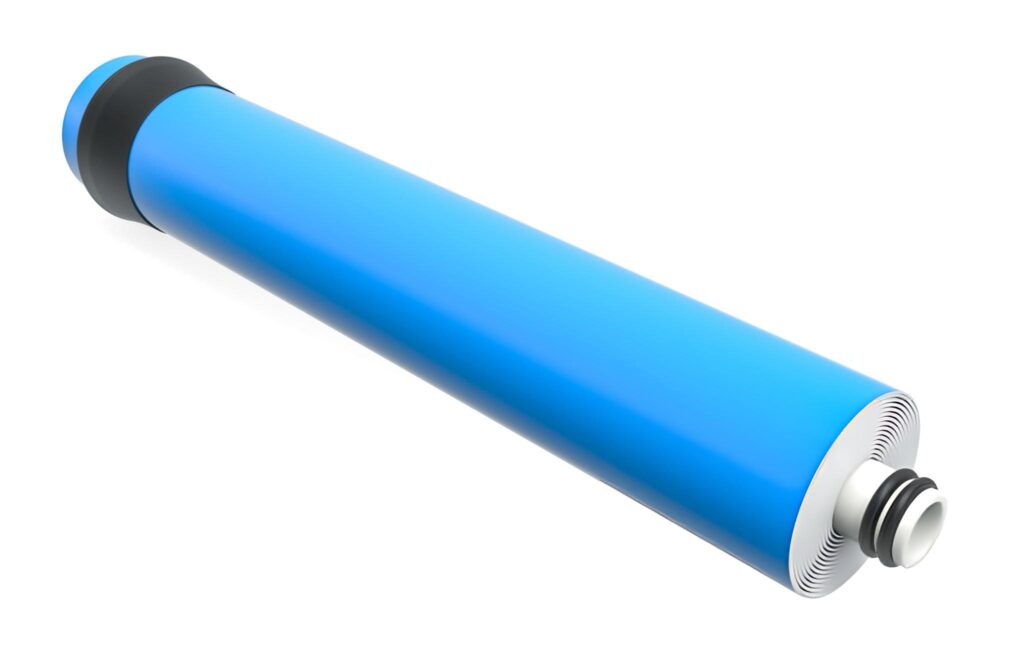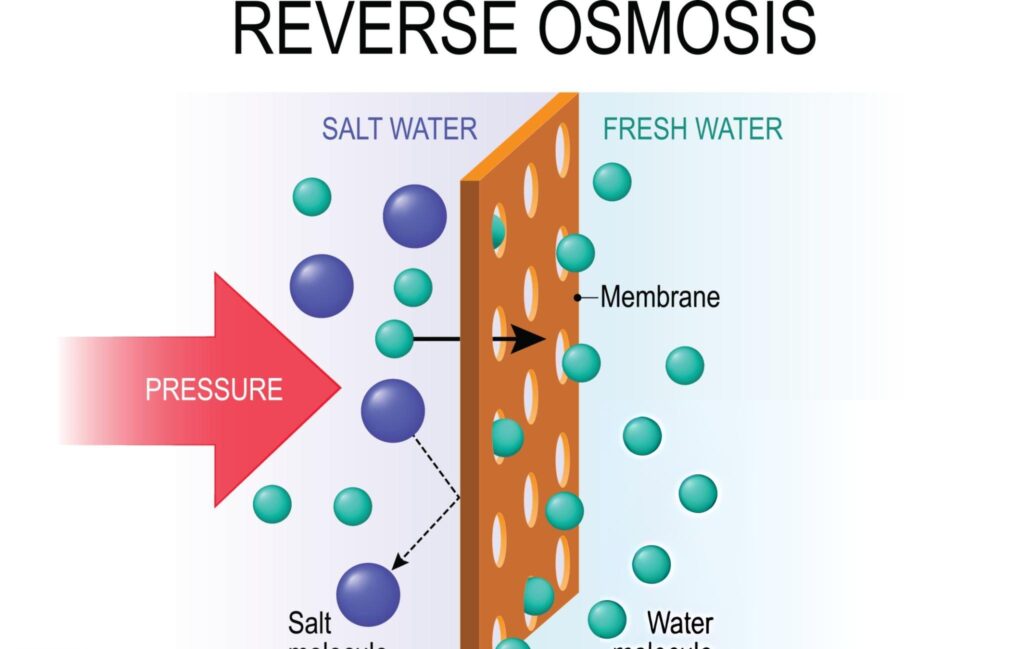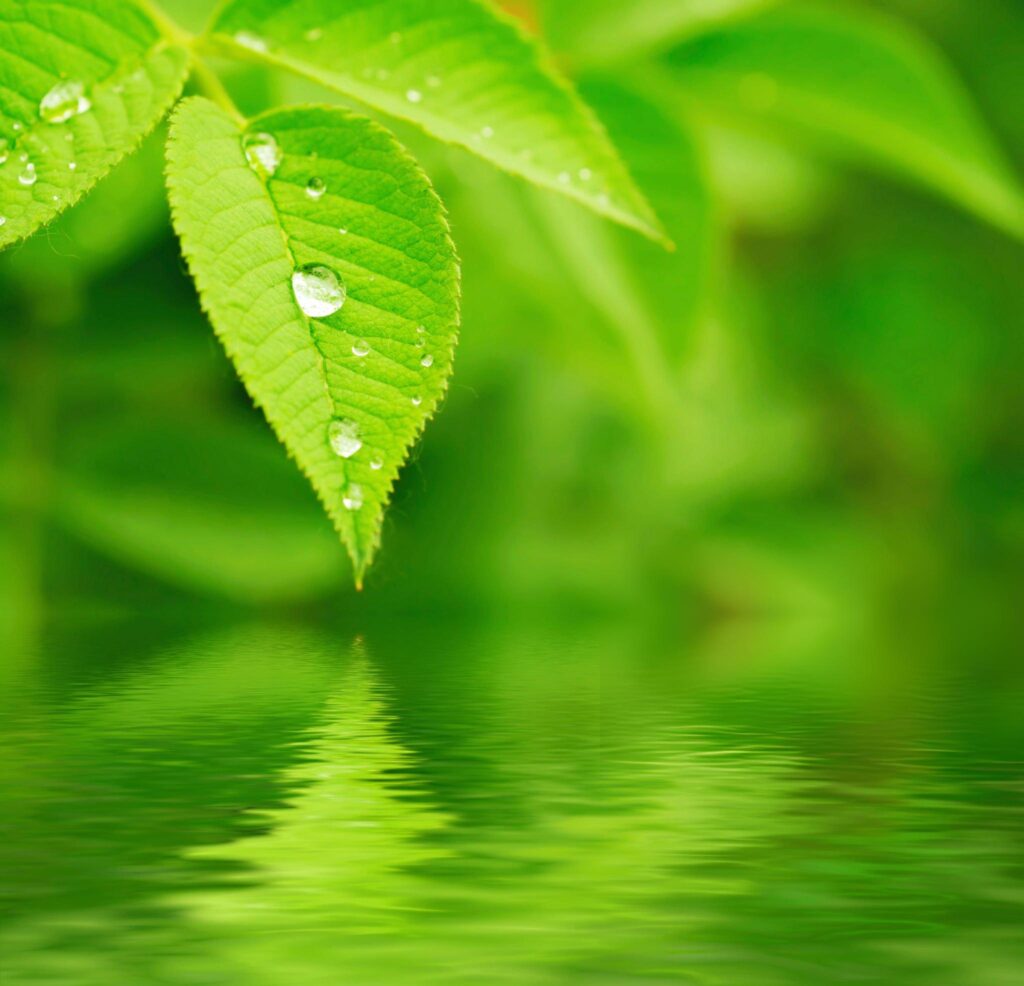Introduction to Water Purification
“Water, water, water!” as a customer of mine used to say. Yes, he’s right. Water quality is critical to life, but not all water is created equal. Depending on your water source and what you need it for, the quality of your water can make or break your operation. It is so important, that you may need special equipment to purify the water so you get the best results.
Contaminants left in your water can be a show stopper.
Among the most popular purification methods are reverse osmosis and deionization filtration systems, both of which aim to improve water quality by removing impurities. Another method is distillation, but that uses a ton of energy.
There are many types of filters, but we’re going to stick to comparing the RO water and deionized water (DI).
Those are both advanced purification systems that can convert tap water, well water, sea water, actually almost any water into nearly pure water. This water can be used for making tea, agriculture like hydroponics, industrial uses, washing million dollar hyper cars, and scientific laboratories.
TLDR; The main difference between RO and DI is purity. Deionized water has the least contaminants. However, RO filtration systems produce water that is good enough for most applications. You can get both in a single filter like the GrowMax RO/DI filter shown below.

GrowMax RO/DI Filter System
Produce the absolute purest water fast.
Up to 150 gallons per day at 000 ppm / 0.0 EC which is pure water. The high quality membrane produces nearly pure water so the DI Resin cartridge lasts longer. Includes a pressure gauge and garden hose adapter for ease of use.
Traditional tap water often contains contaminants such as minerals, bacteria, and man made chemicals, which can affect taste and safety. To reduced or remove these impurities, different water purification systems have been developed, each employing distinct techniques to purify and deionize water.
The diverse range of purification processes available today, including reverse osmosis systems and deionized water systems, are designed to meet different purity goals. Both RO water and DI water offer unique benefits, which make them best suited for different applications.
What is Deionized Water?
Deionized water, commonly referred to as DI water, is water that has undergone a… you guessed it… deionization process to remove ions and dissolved mineral salts. Commonly this is achieved using ion exchange resins, where mineral ions in the water are filtered out, replacing them with hydrogen (H+) and hydroxyl (OH-) ions. And those combine to produce pure water, H2O.
If you’re like me and you want to make your DI cartridge last longer, use an RO system to supply highly purified water to the DI resin. The result you get is completely demineralized water, considered to be highly purified due to the absence of ions. This is laboratory grade water.

DI water is widely used in laboratories, industrial applications, and for certain medical procedures where high purity is essential. The process, often involving mixed bed ion exchange resins, effectively reduces total dissolved solids (TDS) to achieve a level of purity not typically accomplished by regular filtration systems.
A DI system great for industrial applications, laboratories, hydroponics, and washing cars. A deionized water system can significantly enhance your water quality by delivering nearly contaminant-free laboratory grade water.
DI systems aren’t usually very practical for whole home water systems, just using it for drinking water is fine… I don’t know why everyone cautions against essential minerals missing in DI water if you take a multi vitamin and eat nutritious food.
Furthermore, similar to other filtration systems, deionized water systems require regular maintenance and replacement of DI filters to ensure continued effectiveness in contaminant removal.
What is Reverse Osmosis Water?
Reverse osmosis (RO) water is produced using a filtration process that involves forcing water through a semipermeable membrane, leaving contaminants behind in the waste water.
Reverse osmosis systems are renowned for their efficiency in removing a huge range of impurities from water, including particulates, dissolved salts, and microorganisms. This process ensures that far fewer total dissolved solids (TDS) remain in the water, providing a high-quality water solution.
RO is used to turn sea water into drinking water. Think about what it can do for your plants or even your drinking water. Every house I live in in the past 15 – 20 years, I’ve added an undersink RO system. We use it for drinking to boiling potatoes. I figure if my plant’s health improves so much when I use it for their nutrient solution, my health might benefit as well.

So the core component of an RO system is the RO membrane. It acts as a barrier to block contaminants from passing through while allowing little more than pure water molecules to cross.

GrowMax 500 RO Filter System
Capable of producing up to 150 gallons of nearly pure water, the GrowMax Reverse Osmosis Filter can be usd under the sink or in the garden.
Included is a top of the line membrane and pre-filters, and it even has a pressure gauge!
This purification process typically involves multiple stages, including pre-filtration with a sediment filter to remove large particles and carbon filter to remove other molecules like chlorine that could damage the RO membrane.
Like I mentioned above, reverse osmosis water is ideal for producing clean water suitable for crops, drinking and cooking, and most industrial applications. RO water quality surpasses that of many standard purification methods like a carbon filter alone… Like the inline filter in your fridge.

One of the significant advantages of reverse osmosis is its ability to purify mineral filled water like hard water or even salty water.
Hard water is common in tap water in the western US. It contains high concentrations of calcium and magnesium. RO systems effectively reduce these minerals, making them an excellent choice for improving home water quality.
Keep in mind, while RO filters offer huge benefits, ROs require more water operate, and sometimes users need a booster pump to increase water pressure.
What Are the Differences Between Deionized and RO Water
The differences between deionized water and RO water lie primarily in the purification quality.
While reverse osmosis uses a semipermeable membrane to filter out contaminants at the molecular level, it will allow some minerals to pass. You can take a TDS reading of water produced by RO and you’ll see that while the TDS is very low, it is not zero. I usually get readings around 30 ppm. That’s because there are still some minerals in the water.
Run that same water through a resin DI filter, and the take a TDS reading and the meter will likely read zero. That’s because resin based deionized water filters rely on ion exchange to remove charged particles.

Each technique achieves a high level of purity, but they address different aspects of contamination.
Reverse osmosis is notably efficient at removing a broad range of impurities, including bacteria, viruses, and other non-ionic contaminants, making RO water suitable for safe drinking.
In contrast, deionized water focuses on eliminating ionized substances, which makes it more applicable in environments where the absence of ions is crucial, such as in industrial or laboratory settings.
Either one will work great for tasks like washing cars and drinking water. DI water is used to meet the highest standard of water quality.

When comparing the two, it’s important to consider the specific requirements of the water application. While RO systems may be more comprehensive in removing diverse contaminants, DI water systems may achieve a greater level of purity for non-drinking purposes by targeting ionic species. Ultimately, understanding these differences helps in choosing the right system to meet individual needs, whether for domestic, commercial, or scientific purposes.
References
- Ion Exchange Resins: https://www.chem.uci.edu/~unicorn/M3LC/handouts/AdditionalNotes/ionexchangeresins.pdf
- Ion Exchange for Dummies: http://large.stanford.edu/courses/2018/ph241/blair2/docs/lenntech-sep08.pdf
- Upending a decades-long theory of reverse osmosis water desalination: https://seas.yale.edu/news-events/news/upending-decades-long-theory-reverse-osmosis-water-desalination
- Reverse Osmosis Treatment Systems: https://web.uri.edu/wp-content/uploads/sites/61/TipSheetT24_Osmosis.pdf
